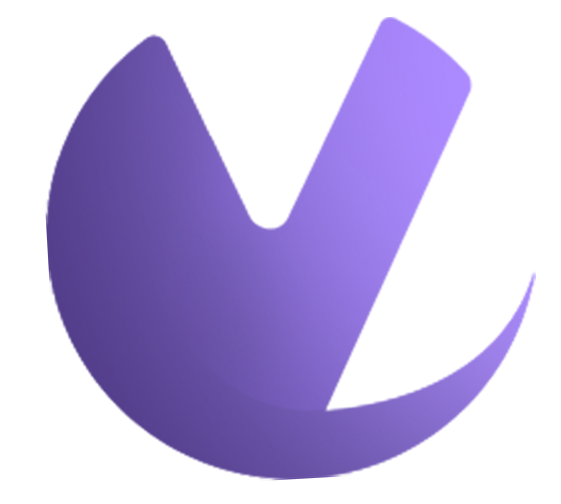Decentralized applications are becoming increasingly popular and are gradually becoming the preferred option for users due to their advanced features and security. These applications offer more advanced functionality compared to non-decentralized applications. Unlike traditional apps controlled by single entities, dApps run on distributed networks like blockchains, giving users more control over their data and assets. They are not beholden to the whims of a single company or subject to censorship or shutdowns. Also, the code governing dApps is often open-source and publicly verifiable, promoting transparency and trust. Users can see how the app works and verify its fairness and security.
One of the major advantages of dApps over others is that dApps can introduce new ownership models through tokens or NFTs, allowing users to own and monetize their contributions and interactions within the ecosystem. This feature attracts more users to select the dApps and developers to create more feature-rich dApps. Finding the best dApps is more complex and time-consuming, this blog will help you to sort out the best decentralized applications in 2024 so you can ensure the best dApps you need.
What is a dApp?
A dApp or decentralized application is an application that runs on a peer-to-peer network, such as a blockchain, rather than on a single computer or server. This means dApps Offer more security and privacy which means Data is stored and processed across the network, making it more resistant to hacks and data breaches. Users often have more control over their data than with traditional apps. No company or government can shut down a dApp or censor its content because dApps give full control to the users and developers respectively.
Decentralization and Censorship Resistance
Many dApps have open-source code, allowing anyone to inspect how they work and verify their fairness. This contrasts with traditional apps where users must trust the developer. However, selecting the right reliable network is important. For example, The CosVM network has a notable advantage in this only because its unique combination of EVM compatibility and Cosmos SDK sets it apart in the world of dApps. Developers can leverage the familiarity of the EVM with its vast ecosystem of tools and resources, while also enjoying the scalability and interoperability benefits of the Cosmos network. This hybrid approach creates a powerful platform for building dApps that can function across multiple chains, catering to a wider user base and fostering greater collaboration within the blockchain space.
Transparency in dApps like Cosvm is a major advantage for users who are increasingly wary of centralized platforms. Not only can they verify the fairness of the code, but they can also benefit from the enhanced security and efficiency that blockchain technology offers. Imagine making cross-chain transactions without relying on intermediaries, or using dApps on different blockchains with seamless interoperability. This opens up a vast potential for new applications and innovative solutions, allowing users to take greater control over their digital assets and data.
Security and Privacy
Decentralized applications, commonly known as dApps, have gained popularity over the last few years due to their enhanced security and privacy features. Unlike traditional applications that store data on a single server, dApps operates on a decentralized network, which means that data is distributed across several nodes, making it less vulnerable to hacks and data breaches.
The security of dApps is further enhanced by using blockchain technology, which often employs advanced cryptography to secure data and transactions. In essence, blockchain technology creates a transparent and tamper-proof record of all transactions that take place on the network, thereby preventing any unauthorized access or tampering of data.
Another significant advantage of dApps is that users can interact with them while maintaining their anonymity. Unlike centralized applications that require users to provide personal information such as name, email, and phone number, dApps do not require any personal information. This feature enhances privacy and protects users from data breaches and identity theft. The network previously mentioned fulfills all of the specified criteria that were outlined earlier in the conversation.
Conclusion
By the analysis of the top dApps of 2024, it can be ensured that the dApps are the future of apps. But there are also some challenges that the dApps want to overcome like the Technical Complexity while using and interacting with dApps, which can be more complex than traditional apps, requiring some understanding of blockchain technology and cryptocurrency wallets, The legal and regulatory landscape surrounding dApps is still evolving, creating uncertainty for developers and users and also Some dApps struggle with scalability and transaction speeds, while security vulnerabilities can present risks for users.
By ensuring both transparency and advanced functionality, projects like Cosvm represent a step forward in building trust and fostering wider adoption of blockchain technology. With its open-source code, interoperable dApps, and user-centric approach, Cosvm empowers developers and paves the way for a more secure, efficient, and inclusive future for decentralized applications.
So using the best dApps will ensure that users avoid most of these difficulties. However, it's important to acknowledge that "best" is subjective and depends on individual priorities and perspectives. There are other outstanding blockchain projects with unique strengths and areas of focus. Overall, these three blockchain projects are a combination of decentralization, accessibility, innovation, and community involvement that have significantly impacted the blockchain industry and solidified its position as one of the most influential and well-respected projects in the space.






